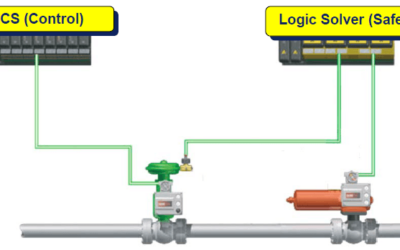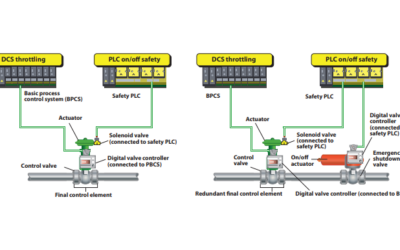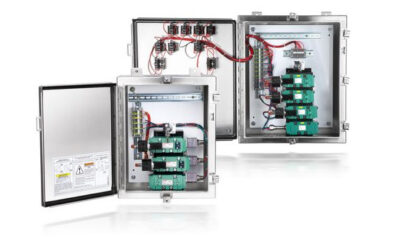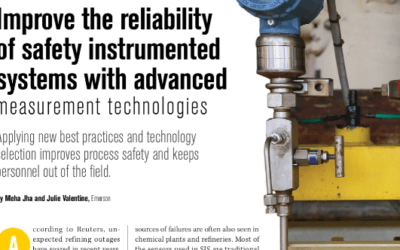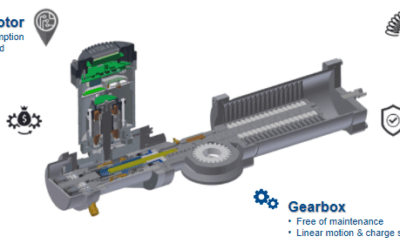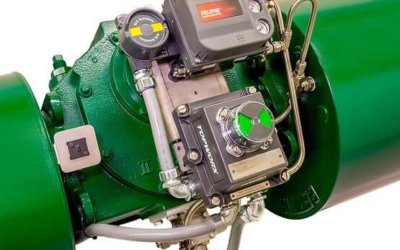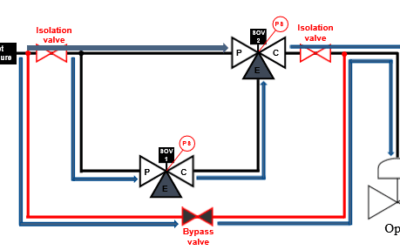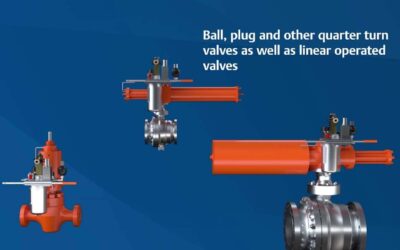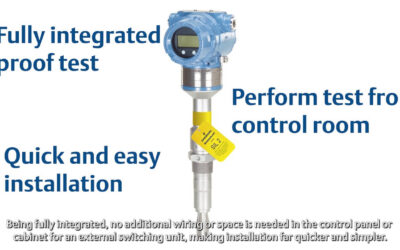Valves used in process safety applications remain static for much of their existence in a manufacturing or production process. Digital valve controllers can play an essential role in ensuring these valves operate as they should when called upon in an abnormal situation.
safety instrumented function
When is a SIL Suitability Rating Required for Final Control Elements?
Riyaz Ali provides clarity on when to assign the SIL suitability for valves used in different scenarios (process control vs. safety shutdown) and establish criteria to assign SIL applicability for the “Final Element”.
Two-Solenoid Safety Instrumented Functions
A whitepaper, Doubling Up On Safety, explores a two-solenoid safety methodology that lets you exercise your solenoid valve online—protecting your plant, improving uptime, and enabling you to better adhere to functional safety requirements.
Control Valves in Safety Instrumented Functions
When is it possible to use control valves like final elements for SIS [safety instrumented system] application? I am looking for other useful documents and technical requirements when it is possible to use only control valves as the final element instead of on/off valves and not in combination with it in the SIF [safety instrumented function] application.
Safety Loop Redundant Solenoids for Exercise and Testing
In a Process Industry Informer article, Redundant Solenoid Valve Architecture Improves Safety and Reliability, Emerson’s Mike Howells describes the importance of these valves for safety and architectures to exercise and test these valves for ongoing reliable performance.
Advanced Sensor Technology in Safety Instrumented Functions
In a Process Engineering article, Improve the reliability of safety instrumented systems with advanced measurement technologies, Emerson’s Julie Valentine and Meha Jha share how technology advancements combined with best practices helps drive process safety improvements.
Fail-Safe Electric Actuators in Safety Applications
In a recorded webinar, Smart Electric Valve Actuators for Critical Fail-Safe Applications, Emerson’s Knut Riegel and Umberto Bianchi share how these actuators are well-suited for emergency shutdown (ESD) applications.
Extending Final Element Proof Testing Intervals
I received a question from a very old post here on the blog, Credit for Partial Stroke Tests in Verification Process. The person was trying to get a better understanding about this chart showing how partial stroke tests (PSTs) can extend the intervals between full stroke tests for final elements in a safety instrumented function (SIF).
Safely Test Solenoid Valves without Process Disturbances
At the Emerson Exchange Virtual Series, Emerson’s Joe McHugh and SIS-TECH Solutions’ Angela Summers presented on achieving increased safety and reliability through a redundant architecture.
Self-Contained Hydraulic Emergency Shutdown System
A safety instrumented function (SIF) in a safety instrumented system (SIS) contains a sensor, logic solver and final element. All must function properly in the event of a safety demand to take the process into a safe state in coordination with other SIFs. The final...
Remote Proof Testing Safety Level Switches
One of the necessities in managing safety instrumented systems throughout the IEC 61511 safety lifecycle is to perform periodic proof tests on the components in a safety instrumented function to verify proper function. A short 2:44 YouTube video, How to Remotely...
Simplifying Safety Valve Proof Testing
A safety instrumented function (SIF) within a safety instrumented system (SIS) consists of a sensor, logic solver, and final element. As part of the IEC 61511 global safety standard, these elements within the SIF must be tested during the operational phase of the...
Keep Up to Date With the Latest News and Updates
Follow Us
We invite you to follow us on Facebook, LinkedIn, Twitter and YouTube to stay up to date on the latest news, events and innovations that will help you face and solve your toughest challenges.
Do you want to reuse or translate content?
Just post a link to the entry and send us a quick note so we can share your work. Thank you very much.
Our Global Community
Emerson Exchange 365
The opinions expressed here are the personal opinions of the authors. Content published here is not read or approved by Emerson before it is posted and does not necessarily represent the views and opinions of Emerson.

